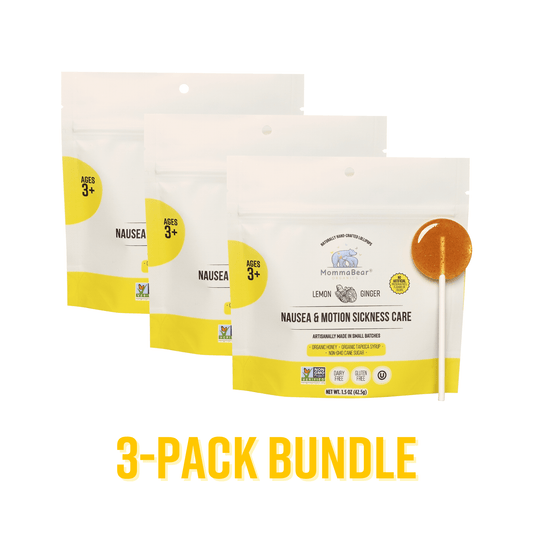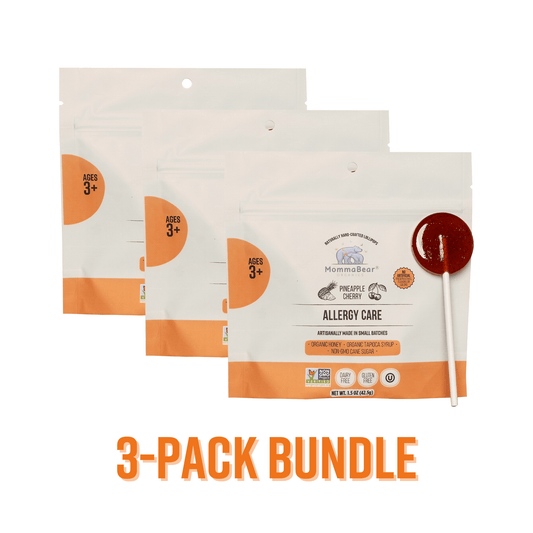I love the idea of traveling, seeing new places, all of that. But if I’m being honest, the actual flying part can be... rough. For a long time, motion sickness was this big, scary thing that loomed over any trip. But I've learned a few things over the years, and just knowing what’s happening in my body and having a few tricks up my sleeve has made a world of difference. So I just wanted to share some of what I’ve figured out, from one traveler to another.
Understanding Motion Sickness
What is Motion Sickness?
So, motion sickness. It’s a totally normal thing, apparently. It’s just your brain getting all jumbled up because what your eyes are seeing doesn’t match what your inner ear is feeling. It's like your body's internal GPS is glitching. That mismatch is what makes you feel so awful—dizzy, queasy, you name it.
And it’s so different for everyone, which is the tricky part. I’m usually okay in cars, but my youngest gets queasy on even short drives. And for me, planes were always the worst. It’s just so unpredictable. I read somewhere that kids are more prone to it because their balance systems are still figuring things out, and that totally makes sense. I’ve also heard women can be more sensitive at certain times of the month or during pregnancy. It just goes to show how personal it is, you know?
Why Does Motion Sickness Occur on Airplanes?
Planes are just a whole different beast. You’ve got the altitude changes, the sudden drops from turbulence, and you're all cooped up in this little space. It's a perfect storm for getting your senses all out of whack. And you can't really see where you're going to get your bearings, which just makes it worse.
Your inner ear is doing its best to tell you you're moving, but your eyes look around the cabin and see everything standing still. That's the core of the problem, right there. Then you add in things like the weird cabin pressure, maybe some anxiety about flying—which I totally get—and even the smell of the airplane food can be enough to push you over the edge.
I used to think it was all in my head, but the psychological part is real. If you’re already scared of flying, you’re basically priming your body to feel sick. I’ve been working on just breathing and trying to stay calm, telling myself I’m in control, and it actually helps. It's all connected, the mind and the body.
Recognizing the Symptoms of Motion Sickness
Physical Symptoms of Motion Sickness
I’ve gotten pretty good at noticing the first little signs. It helps to catch it before it gets really bad. Here are the things I watch out for:
-
Nausea or vomiting
-
Dizziness or lightheadedness
-
Excessive sweating
-
Pallor or changes in complexion
-
Increased heart rate
As soon as I feel that little wave of nausea or my palms get clammy, I know I need to do something. For me, that means stopping whatever I'm doing, leaning my head back, and just focusing on a spot that isn't moving. I also find that taking slow, deep breaths really helps calm that initial panic and keeps the feeling from getting stronger. It’s all about listening to your body.
Emotional Symptoms of Motion Sickness
The physical stuff is bad enough, but honestly, the way it makes me feel emotionally can be just as draining. It’s not just about feeling sick.
-
Anxiety or panic attacks
-
Feelings of helplessness
-
Increased irritability or mood swings
It's that horrible feeling of being trapped and not being able to do anything about it. I can get so anxious and snappy, which isn’t fair to my family. So I’ve learned I have to tackle both sides of it. I try to have things that calm me down, like a good playlist or just closing my eyes and imagining I'm somewhere else. Just knowing that it’s a normal response helps me feel less, well, helpless.
Pre-Flight Preparations to Prevent Motion Sickness
Choosing the Right Seat
This is a big one. I used to just take whatever seat I was given, but now I know better. Where you sit on the plane can make a huge difference. I’ve read—and I can tell you from experience—that the seats over the wings are the most stable. You feel a lot less of the bumps and rolls there. If you can’t get a seat over the wings, then sitting closer to the front is the next best thing. The back of the plane is definitely the bumpiest.
And if you can, grab a window seat. Being able to look out at the horizon gives your brain a fixed point to focus on, and that helps it make sense of the motion. It’s a simple trick, but it really works. It helps your eyes and your inner ear get back on the same page.
What to Eat and Avoid Before Your Flight
Oh, I have learned this lesson the hard way. What you eat before you get on that plane is so important. I stick to really simple, light stuff now. Nothing greasy or heavy or super spicy.
Here's what I usually pack for myself and the kids:
-
Crackers or toast
-
Bananas
-
Rice or plain pasta
And I try to drink a lot of water, but I steer clear of coffee or anything fizzy. The last thing you want is to feel bloated and gross before you even take off. I also swear by ginger. It’s a natural stomach-settler. I'll drink some ginger tea before we leave for the airport or bring some ginger candies with me. It’s my little secret weapon.
Techniques to Prevent Motion Sickness During Flight
Breathing Techniques for Motion Sickness
Okay, so when you're on the plane and you feel that lurch in your stomach, breathing is your best friend. It sounds too simple to work, but it does. It helps get your nervous system out of panic mode.
Here's what I do:
-
Deep, diaphragmatic breathing: I just breathe in really deep through my nose, so my belly pushes out, and then let it out super slow through my mouth.
-
Counted breaths: This one is great because it gives my mind something to do. Breathe in for four seconds, hold it for four, and breathe out for four.
I’ll practice these even when I’m feeling fine, so when the turbulence hits, my body already knows what to do. Sometimes I’ll close my eyes and picture a calm, happy place while I do it. It sounds a little cheesy, but it helps take my mind off the "what if I get sick" spiral.
Distraction Techniques to Keep Your Mind Off Motion Sickness
Honestly, sometimes the best thing you can do is just forget you’re on a plane. Distraction is key. If you’re busy doing something else, your brain doesn’t have as much time to focus on how weird you’re feeling. Reading a book, listening to a podcast, or getting lost in a movie can be a lifesaver.
Talking with someone helps a ton, too. It makes the time go by faster and just makes everything feel more normal. If I’m traveling with my kids, I focus on them—playing a game or telling stories. Keeping them happy and distracted keeps me distracted, too. It's a win-win. Anything that keeps your mind engaged and off the motion is a good thing.
Over-the-Counter and Prescription Medications
Antihistamines for Motion Sickness
When I know it’s going to be a long or bumpy flight, I don’t mess around. Sometimes you just need a little extra help. Over-the-counter stuff like Benadryl or Antivert can really work. They block the signals in your brain that make you feel nauseous.
Just be warned, they can make you super drowsy. Which, you know, might not be a bad thing on a long flight! But it’s definitely something to be aware of. I always talk to my doctor or pharmacist before trying anything new, especially for the kids.
Scopolamine Patches and Other Prescription Options
For people who get really, really bad motion sickness, there are stronger options. I’ve heard friends talk about the scopolamine patch. You just stick it behind your ear, and it releases medicine slowly over a few days. It seems super convenient for a long trip.
But that’s definitely something you have to talk to a doctor about. There are other prescription pills, too. They all have their own side effects, so it’s important to know what you’re getting into. It seems like for some people, a mix of things—maybe a patch and some ginger lollipops—is what finally does the trick.
So yeah, motion sickness is a real pain. But I feel so much better now that I have a plan. Just knowing there are things I can do—picking my seat, eating the right stuff, having my little bag of tricks—makes me feel like I’m in charge, not my queasy stomach. It makes the thought of flying feel more like an adventure again. And for me, having something natural like our Momma Bear Organics ginger lollipops on hand is a huge comfort. It's just one more tool in the toolbox.
It's not about finding one magic cure, I don't think. It's about figuring out what little combination of things works for you. And just being a little kinder to yourself about it.










